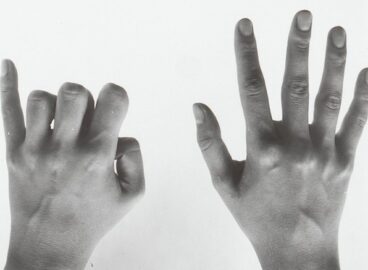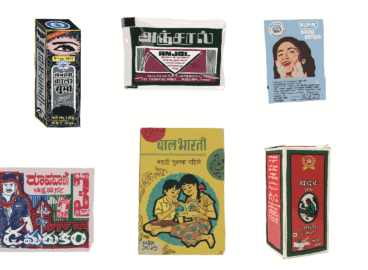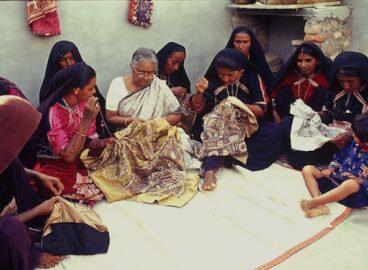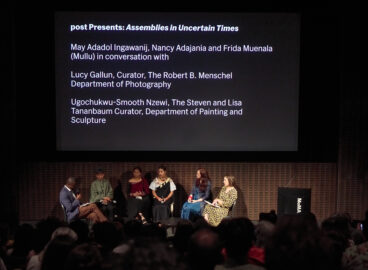On June 22, Dr. Sonal Khullar visited with C-MAP and viewed Bhupen Khakhar’s painting Kali (1965). This painting, which MoMA purchased in 1967, is one of the artist’s early works. Less researched, it was made when he was still developing his vernacular language for what would later be considered Indian Pop art. In this video, Khullar discusses his material, his inspiration, and the possible meaning of the inscription—which reminds us of “Hey Ram,” Gandhi’s last words.
Sonal Khullar on Bhupen Khakhar’s “Kali”
November 20, 2015





